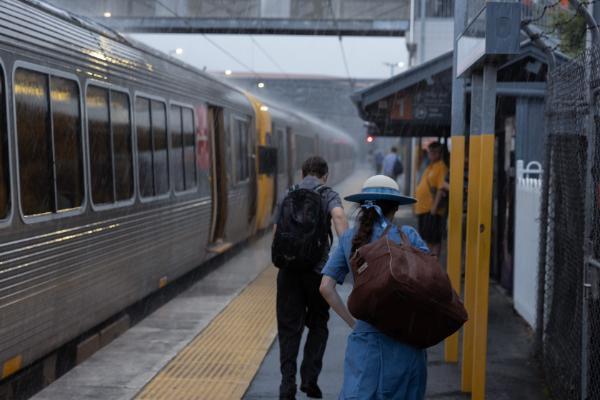When your train arrives, please wait for it to come to a full stop before trying to board, you will have time. You may need to use the door release button to open the door, this is either in the middle of the doors or just next to them.
At many of our stations there is a gap or step between the platform and the train, you can find out information about the platform step and gap at your station on the
Your station page. At some stations the middle of the platform is raised to be level with the train floor to make getting on and off the train easier.
Please mind the gap as you board and hold the yellow safety handles just inside the train near the doors.
If you would prefer to use a ramp to board the train Queensland Rail offers assisted boarding to customers on request.
Image below shows: train entry doors.
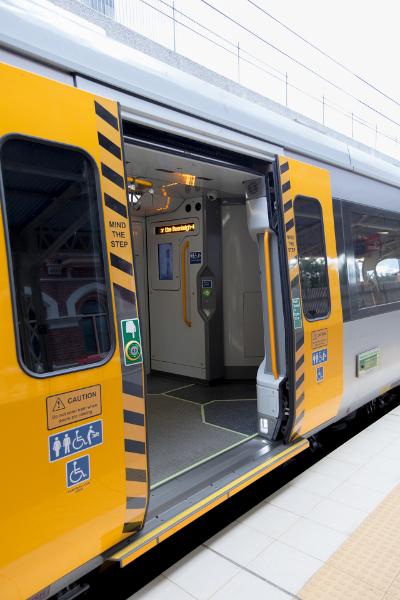
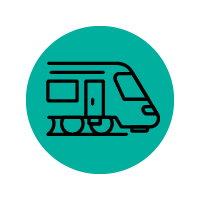
On the train
Queensland Rail have eight different types of trains running on our network. You cannot currently find out what model or type of train will be available for each service ahead of time.
We have information about each of our trains, their layout and features on
our trains web page. We also have virtual tours available for the Interurban Multiple Unit 160 (IMU 160) and the New Generation Rollingstock (NGR) to help you familiarise yourself with our trains before you travel.
Image below shows: onboard an IMU 160, shows seats and safety handles
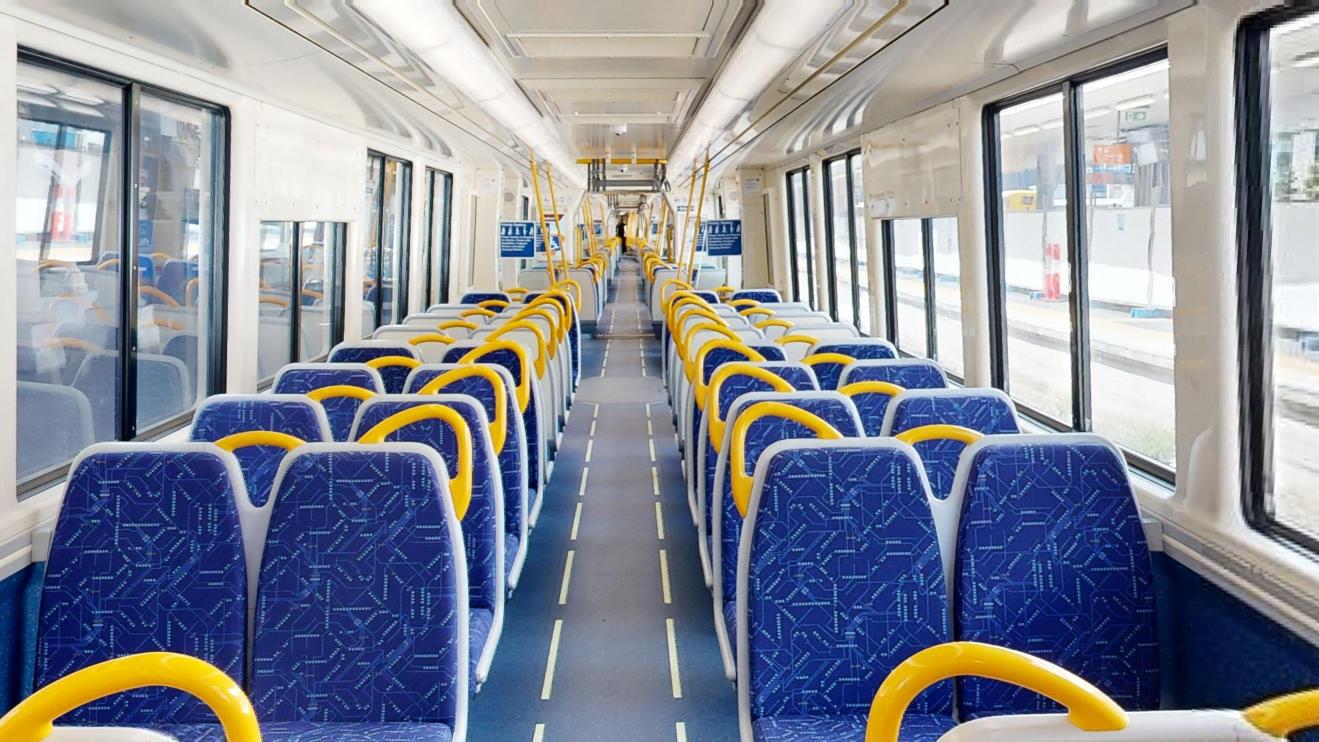
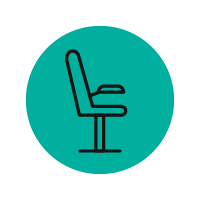
Train features
General features
Across the fleet the trains have varying features with many carried across to all. These include:
- safety hand rails
- emergency door releases
- next station displays
- lighting.
Image below shows: onboard next station display
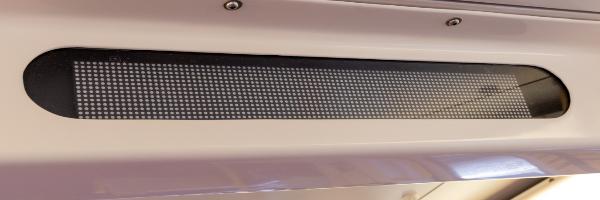
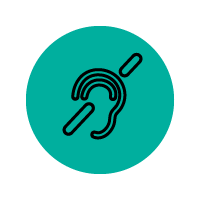
Hearing aid loops
Many of our stations and trains have hearing aid loops available, which assist people using hearing aids hear announcements more clearly. At the station look for the blue and white internationally recognised hearing loop symbol on signs which indicate where the system can be used. The location of the loops are also shown on the station maps on the
Your station pages.
To connect to the hearing aid loop your hearing aid needs a telecom ('T'). Ask your audiologist if your hearing aid has a telecom and make sure it's activated.
Image below shows: hearing loop sign featuring the blue and white internationally recognised hearing loop symbol.
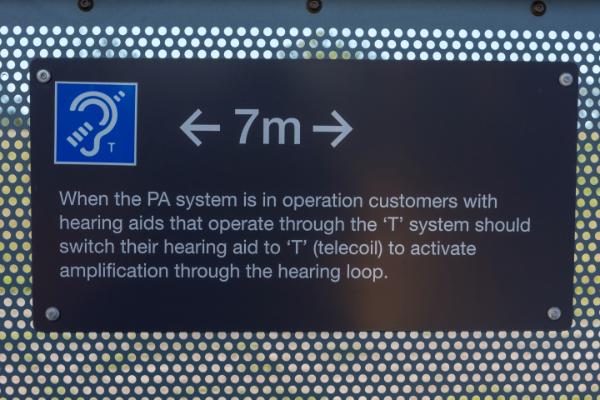
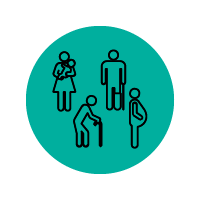
Priority seating
Priority seats are available near doors in all carriages and are identifiable by the blue and white signage with Braille. On some of our trains the priority seating will be a different colour to other seats, and may be purple, red or blue.
Priority seats are for passengers with a disability, impairment, or additional needs. They are also for pregnant women, the elderly and parents with young children. The reason for priority does not need to be visible. Priority seating should be made available upon request for use by any passengers with additional needs and those who require extra support while travelling.
Images below show: Priority seating onboard and the priority seating sign.
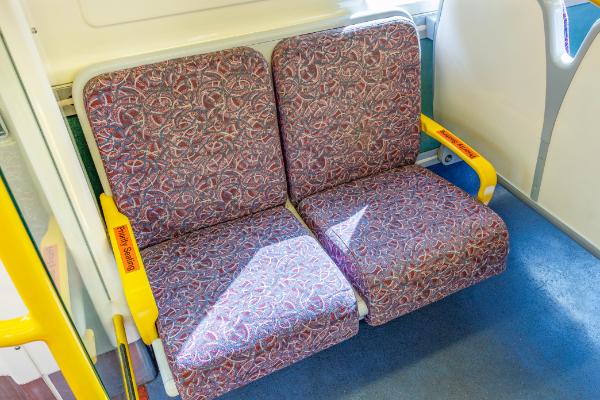

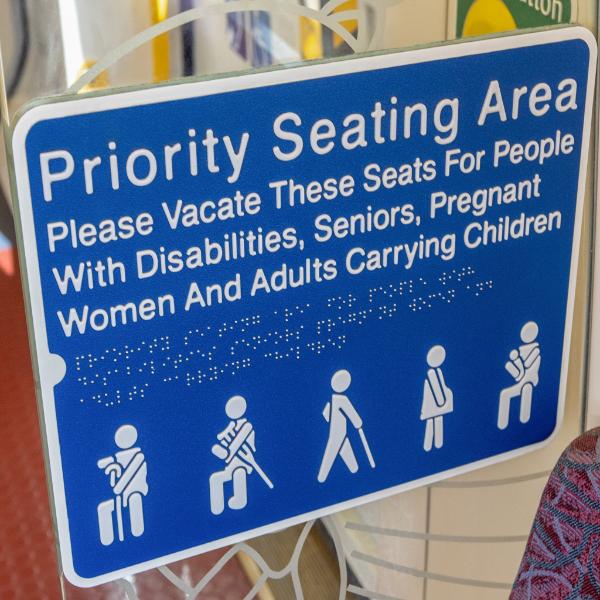
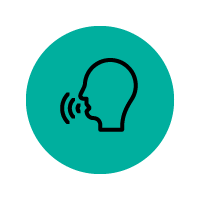
Security and emergency help points
Every train carriage is fitted with security cameras. They are monitored 24/7.
Every train has a passenger intercom called an emergency help point, which is a call button, a speaker and Braille instructions. They are often near doors and in allocated spaces.
If you need emergency assistance use the emergency help point by pressing the button to alert the onboard crew. The crew can see you via the onboard CCTV to assist.
Image below shows: The emergency help point on a train.

The NGR and the upgraded IMU 160 and SMU 260 trains also have customer/disability assistance points installed in allocated spaces for non-emergency assistance, such as arranging assisted disembarking. For assistance please press the button with the wheelchair/international symbol for access on it.
If you are unable to activate the emergency help or customer/disability assistance points please ask another passenger for assistance to press the button and/or speak through the intercom.
Image below shows: the onboard customer/disability assistance point is the button on the left with wheelchair/international symbol for access on it.
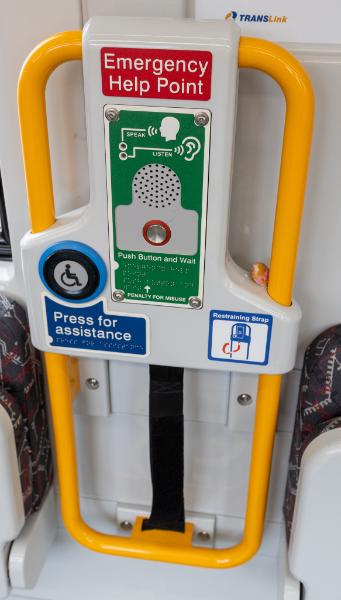
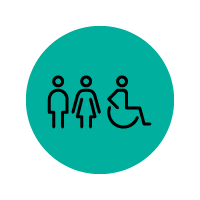
Unisex bathroom
The NGR and IMU trains are fitted with at least one unisex bathroom. SMU and EMU trains do not have an onboard bathroom.
In IMU trains the bathroom can be in the first or third carriage in three-car train, changing with the direction of travel. In six-car trains it can be the first or third and fourth or sixth carriage. This changes with the direction of travel. NGR trains will always have the bathrooms in carriage three and four.
Bathrooms have:
- toilet with grab rails
- baby change table
- mirror
- wash sink
- soap dispenser
- dryer
- two emergency help points.
Image below shows: onboard bathroom in an NGR
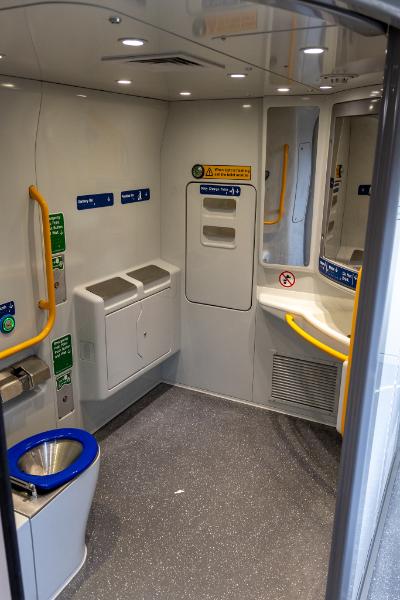
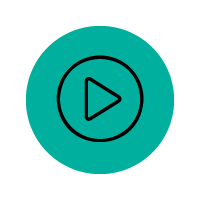
Onboard video with Auslan
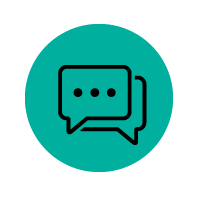
Text message service
If you need accessibility support Queensland Rail offer a text message service (also called a short message service, or SMS).
It is available 24/7.
You can request:
- next train details
- book assisted boarding
- get updates on a disruption
- or general information about travelling with us.
It is easy to use, send a text message to
0428 774 636 (text only) with the details of:
- the time you are travelling
- your start and end stations
- the help you need.
One of our team will respond via text message to assist you.
Normal text/SMS rates apply.

Text message service video with Auslan

Service changes
We are working to improve our network and facilities to make sure our customers can enjoy their journey. We may need to close tracks or stations while we work. Most work is planned in off peak, on weekends or after 9pm on weeknights to reduce the impact on our customers. During works buses may replace trains, following the train timetable. Please allow extra time for travel during these works.
How to find out about planned disruptions:
Image below shows: construction/track work.

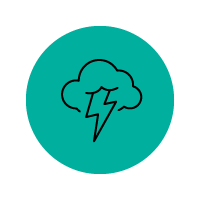
Unplanned disruptions
Unplanned issues like severe weather or police incidents can impact travel.
To find out information during an unplanned disruption:
If you need assistance onboard during a disruption you can use the customer/disability assistance point, or if there is not one available on the train please use the onboard emergency help point to speak to train crew.
